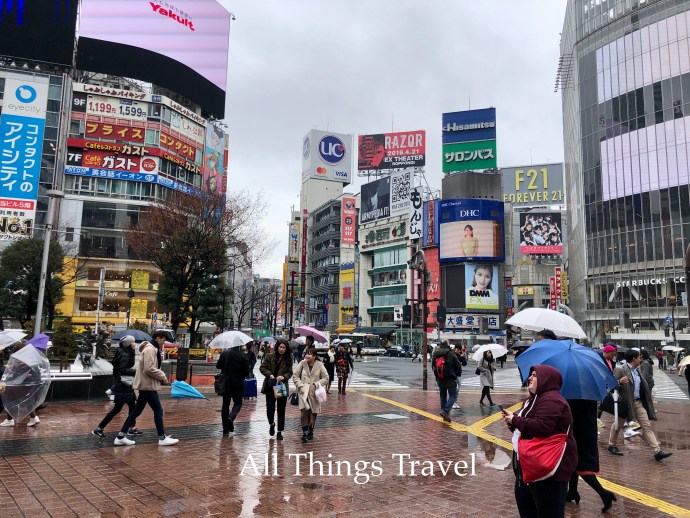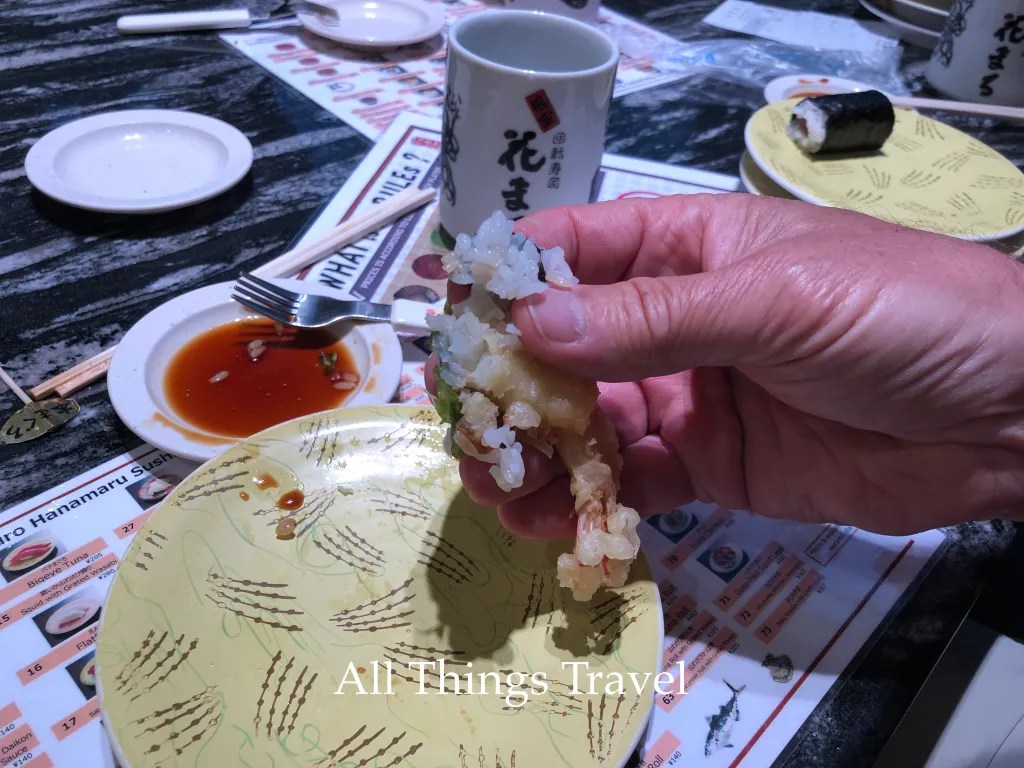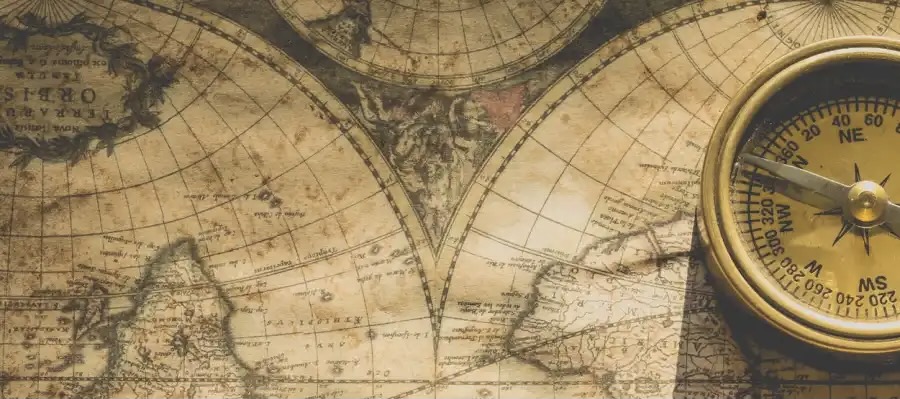Our friend, Tomo, met us at our hotel, Mitsui Garden, to show us more sights in Tokyo on day 2 of our visit. If you missed the first two posts about Tomo and Tokyo, you can find them here and here.
The public transport system in Tokyo is world renowned. I’ve read it’s quite easy to use but for us, it couldn’t have been easier because we had only to follow Tomo as he shepherded us from place to place. These photos in a train station were taken later in the day but they’ll give you an idea of our experience.


Our hotel was located very close to the Gotanda Railway Station and Tomo led Lori, Rick, Jim, and me there to take the train to our first tourist sight at Shibuya Crossing. It was raining so we purchased umbrellas but unfortunately, Jim and I only bought one to share which he immediately commandeered so I was wet and crabby whenever it rained throughout the day.
Reputed to be the busiest pedestrian intersection in the world with as many as 3000 people crossing at once during peak times, Shibuya Scramble Crossing is a well-known tourist attraction in Tokyo. The rain may have kept other tourists away, but it didn’t dampen our enthusiasm one bit. The second floor of the Starbucks which you can see behind Tomo and Jim in the photo below is a popular spot for photos from above.



Nearby Meiji Jingu, a Shinto shrine dedicated to the divine souls of Emperor Meiji and Empress Shoken was constructed in 1920 and reconstructed in 1958 after it burned during WW2. The 122nd emperor of Japan, Emperor Meiji and his consort reigned from February 3, 1867 until his death on July 30, 1912. He led the modernization of Japan, ending feudalism and 250 years of isolation. The emperor and his wife were prolific poets, having composed over 130,000 waka (traditional Japanese poems of 31 syllables) between them. One of the poems written by the emperor follows:
Were we to neglect
The completion of a task
Because it was hard,
Nothing would be done at all
In this human world of ours.
In order to pay respect when visiting the shrine, one engages in ritual cleansing of the hands and mouth at the Temizuya (font). Fill the dipper with water; rinse your left hand then your right hand; pour water into the palm of your left hand to rinse your mouth; rinse the handle with the remaining water and return the dipper to its original position.


Sake brewers throughout Japan offer barrels of sake wrapped in straw every year to honor Emperor Meiji and Empress Shoken. In the spirit of world peace and friendship, wineries from the Bourgogne region of France offer barrels of wine to be consecrated at Meiji Jingu.





On our way to the Imperial Palace, Tomo took the photo below of Jim and me, Lori and Rick in front of Tokyo Railway Station.

The Imperial Palace, a 10 minute walk from Tokyo Station, is located on the former site of Edo Castle and has been the residence for Japan’s imperial family since the emperor moved here from Kyoto following the Meiji Restoration in 1868. Edo Castle was home to the Tokugawa Shoguns who ruled Japan under military government from 1603 until 1867 when the last shogun, Tokugawa Yoshinobu, was ousted in a coup which restored imperial rule to Japan.
A popular tourist attraction in Tokyo, free tours of the Imperial Palace grounds are offered twice a day but require a ticket which can be obtained online here or in-person on a first-come first-serve basis. We queued for tickets and then waited in the Visitor House for the guided tour to begin while watching an informational video. The tour is offered in English, takes about 75 minutes, and does not go inside any of the palace buildings. Despite the limitations and the dreary weather, we found it interesting and informative.








Following our tour, we were feeling a little peckish so Tomo led us to Nemuro Hanamaru at Sapporo Station for conveyor belt sushi. A friend who had visited Japan told me about it and I was keen to give it a try. All the foods and drinks circle around the restaurant on a conveyor belt and the patrons reach out and take whatever appeals to them. The plates are color coded and your bill is figured by the number and color of the plates.






Our last stop of the day was a walk thru the Imperial Hotel. The original, designed by famous American architect Frank Lloyd Wright, was constructed beginning in 1917. In 1968 the hotel was replaced with a new structure but the main lobby was dismantled and moved to Meiji Mura, an open air architectural museum in Aichi Prefecture. Although nothing of the original remained in this location, we were interested in seeing where the original hotel stood because of our connection to it. You see, we were visiting from Mason City, Iowa, the home of the Historic Park Inn, the only remaining Frank Lloyd Wright designed hotel in the world. Although I’m no expert on architecture, my impression was the new Imperial Hotel follows the Prairie School but in a fresher more modern style. Compare my photos below to the original.




Our first full day touring Tokyo was fascinating and I’m sure we couldn’t have accomplished so much on our own. We ended the day excited to see what day 3 with Tomo would bring. Please join us next time.
Based on events from March 2019.
